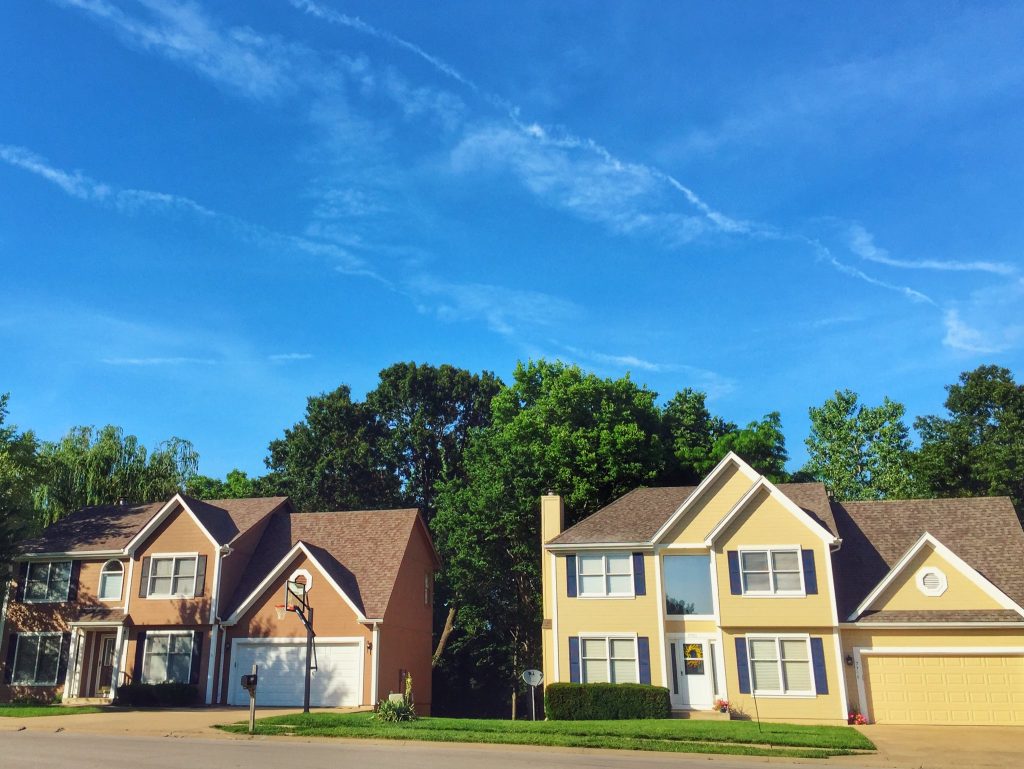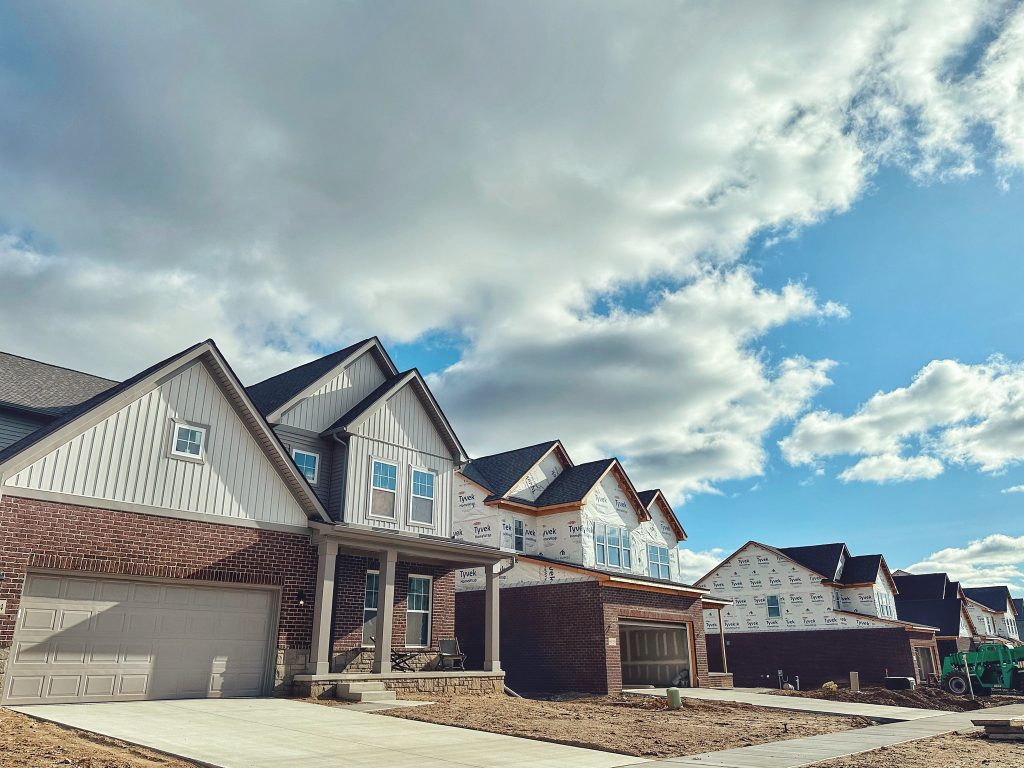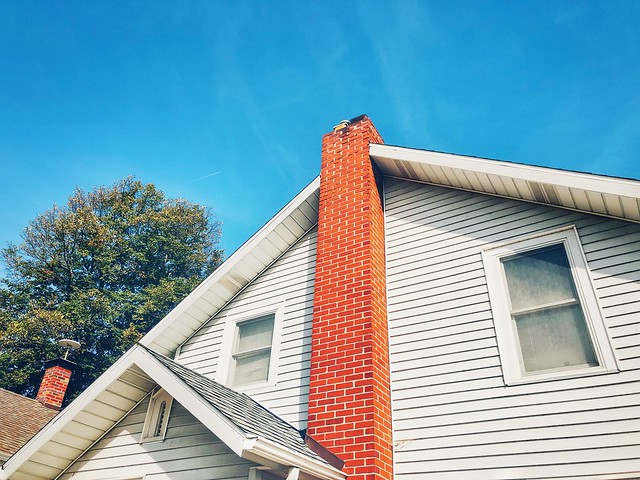Everybody with a home to sell wants it to sell for as much as it can. Part of that is presenting it in its best light. That means making small repairs, painting, cleaning, and removing unnecessary clutter before listing it. The other part is selling at the right time. But when is the best time to list your home if you want to get the best possible price? Generally speaking, spring is the time of year when the market heats up and buyers are most active. Year after year, spring sellers are shown to get the best price for their home. In fact, according to one new analysis, sellers who sell during the first two weeks of June are particularly successful among spring home sellers. The analysis found homes sold during early June last year sold for 2.3 percent more than homes sold at any other time. That comes out to about $7,700 more for the typical home. This year’s market is expected to have similar timing, which means now is a good time to start thinking about selling, if you’ve been considering a move. (source)













